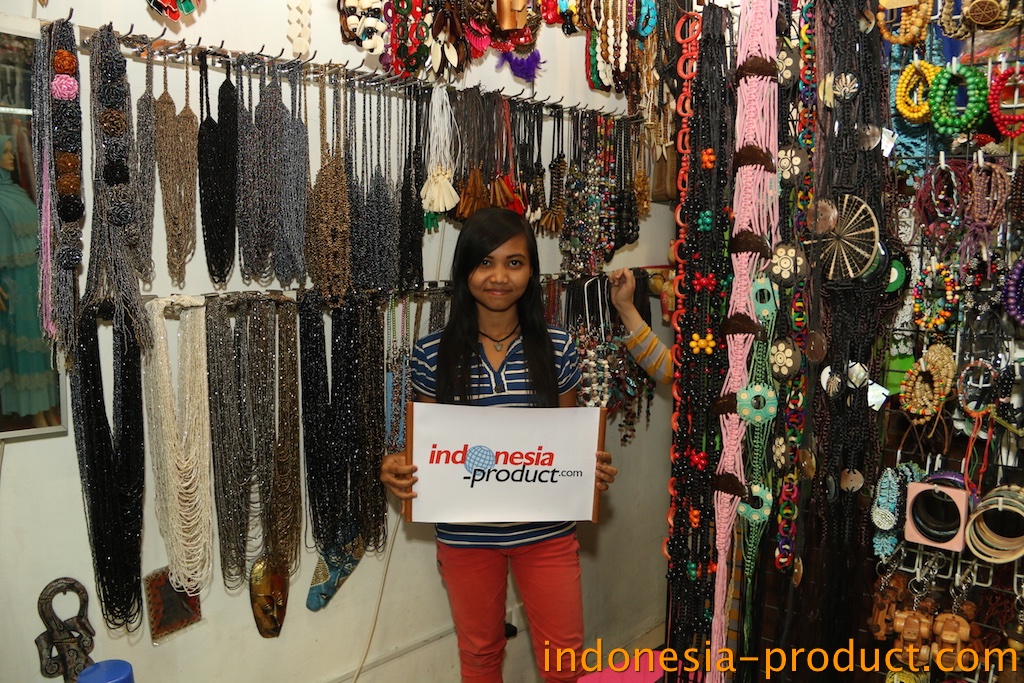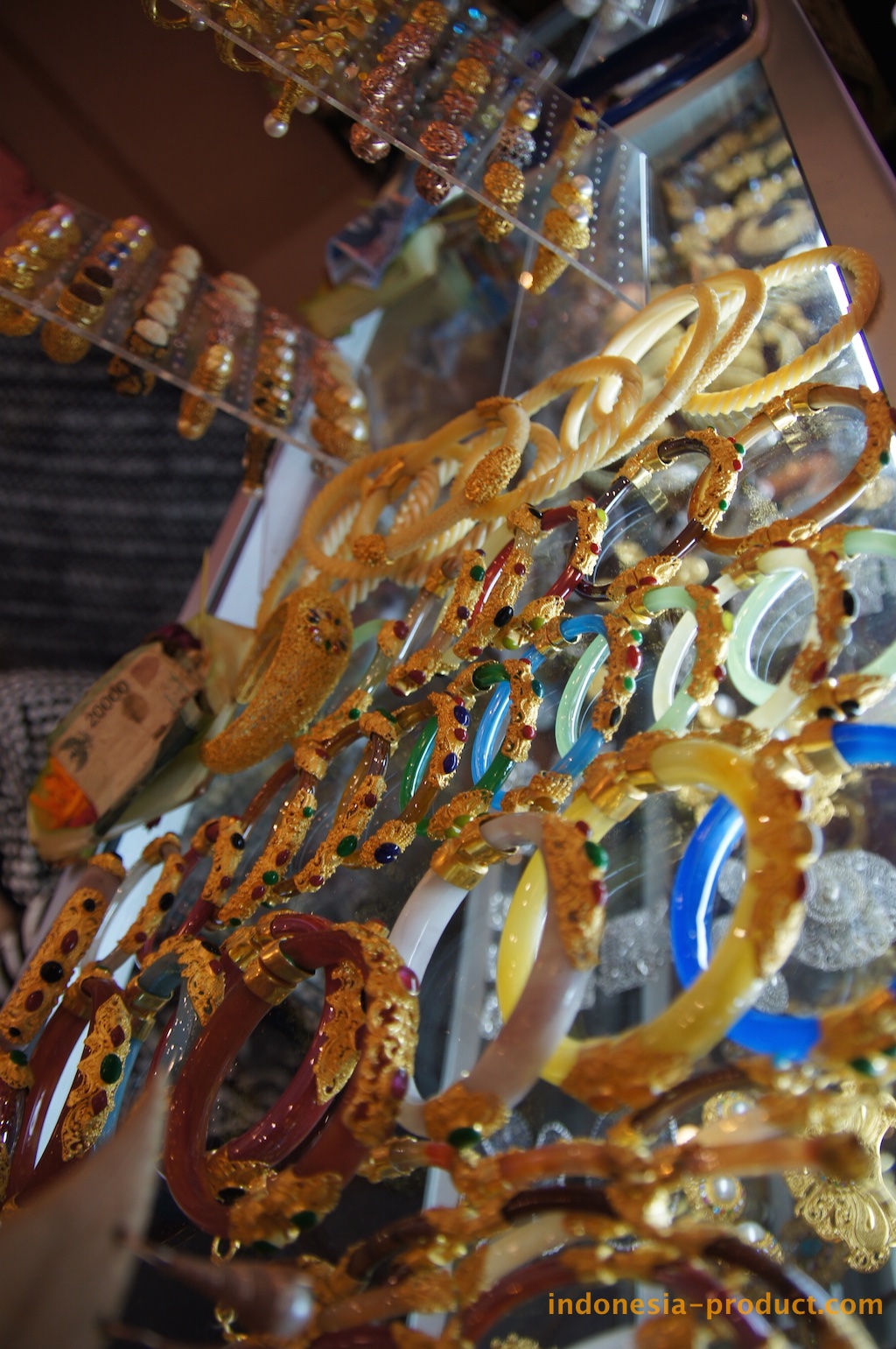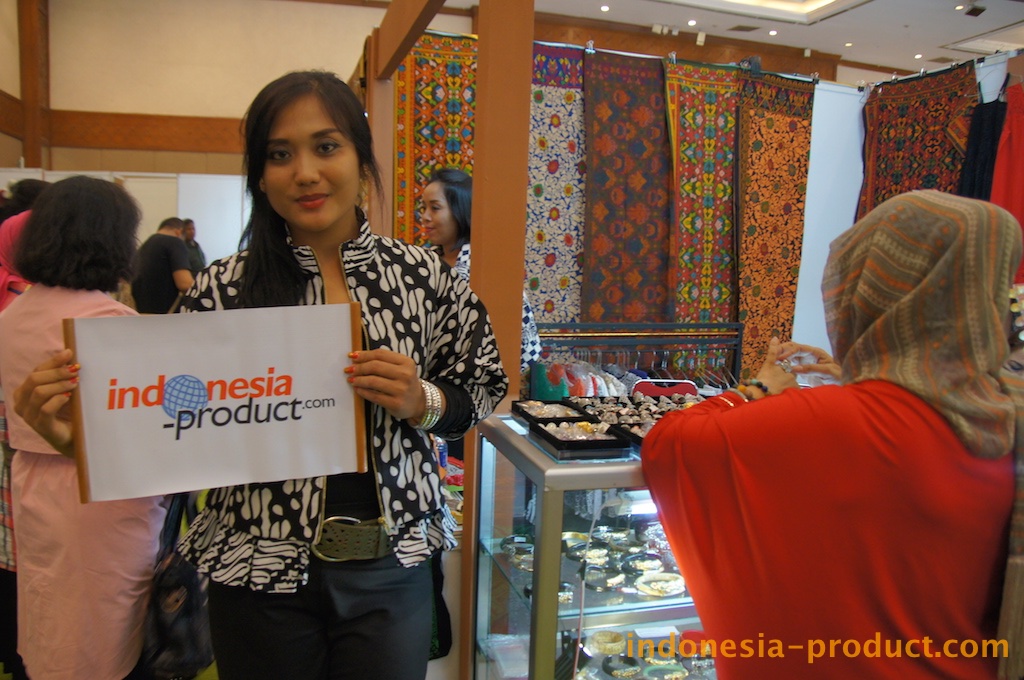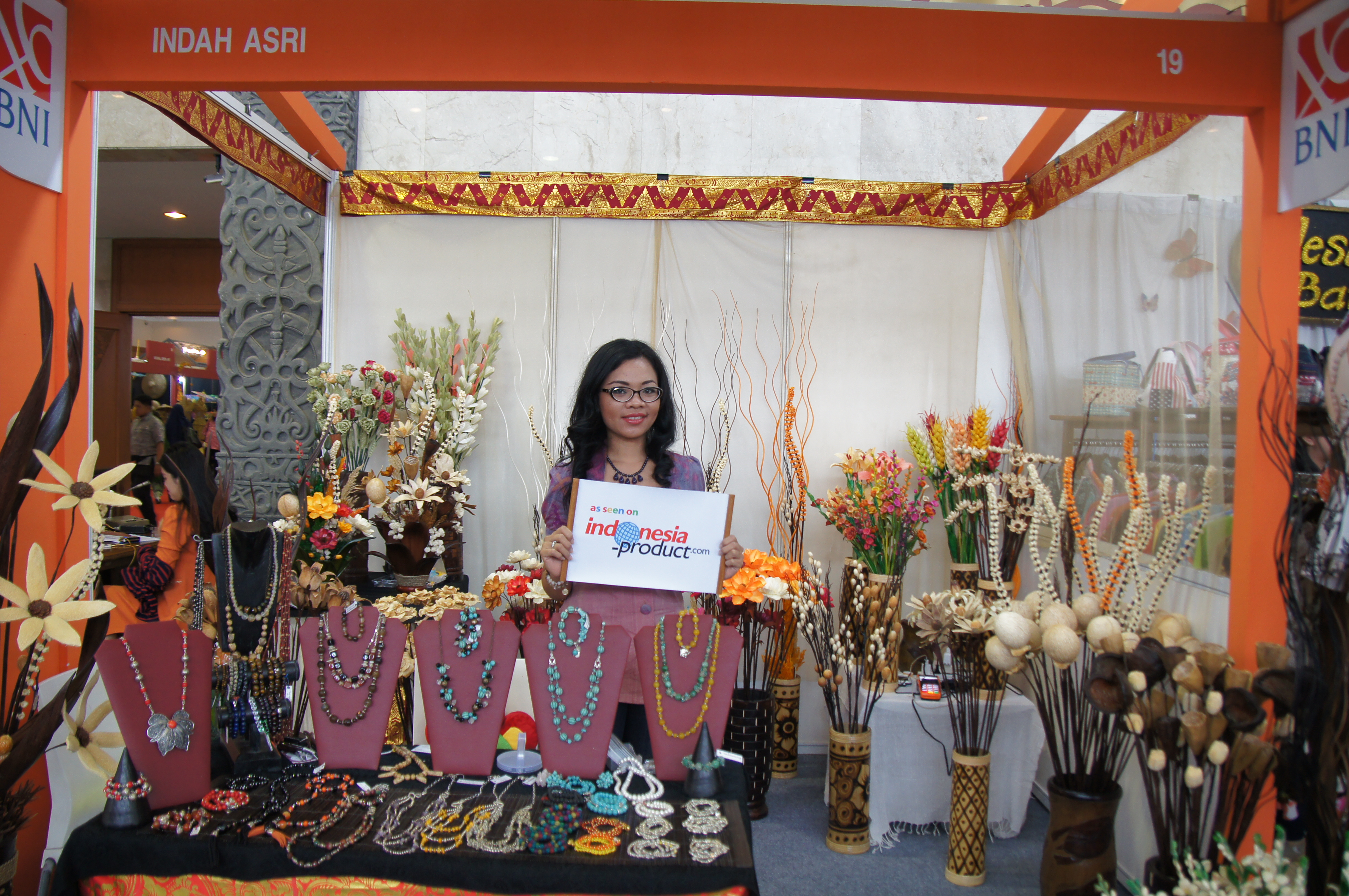Striking Metal: Alexander Calder’s bold jewelry speaks of love and longing
MiamiHerald.com, FL
BY FABIOLA SANTIAGO
Before and after he made his famous mobiles — those dangling, twirling, contraptions that marked a turning point in the history of sculpture — Alexander Calder hammered and chiseled away at jewelry.
He created more than 1,800 earrings, bracelets, brooches, tiaras and necklaces through the years, and from the time he fashioned his first pieces from beads and discarded copper wire as adornments for his sister’s dolls, they served him well.
Calder made jewelry to woo the love of his life, to give as presents to the wives of his famous artist friends and as a way to earn extra money in difficult economic times.
”Every piece of jewelry he made is unique, and he did not make editions,” says Alexander S.C. Rower, the Calder grandson who chairs the Calder Foundation and was in West Palm Beach for the opening of Calder Jewelry at the Norton Museum of Art — the first museum exhibition devoted entirely to the artist’s little-known sideline.
The exhibit, which runs through June 15, showcases some 100 objects — jewelry, fashion accessories (including five belts and three hair combs) and The Jealous Husband, a stunning, 16-inch brass wire contraption with shoulder spikes that a young Angelica Houston wore for a New York Times Magazine cover in 1976.
There also are large-scale photographs of other famous women modeling the jewelry: actress Brooke Shields, artist Georgia O’Keeffe (she wears a brooch that spells OK) and art patron and philanthropist Peggy Guggenheim, shown in Venice smiling broadly and sporting long, mobile-like silver earrings.
Organized by Mark Rosenthal, Norton’s adjunct curator of contemporary art, in collaboration with the Calder Foundation, the show travels after its Norton run to the Philadelphia Museum of Art, the Metropolitan Museum in New York and the Irish Museum of Modern Art, Dublin.
”Each piece of jewelry was a work of sculptural art,” says Norton director Christina Orr-Cahall. “His inventive jewelry techniques echoed those used for his world-famous sculptures.”
But Calder’s innovative jewelry also seems charged with more personal emotion, and this element gives the Norton show the context of spirited biography.
For instance, when Louisa and Calder were courting — they had met on a ship sailing from Europe to New York in 1929 — he made her a brass bracelet that spells ”Medusa,” a nickname inspired by her blond ringlets.
The couple was married for 45 years, and Calder marked every anniversary, birthday and otherwise memorable occasion with another exquisite ornament. Some pieces he made for specific applications: buttons for a coat; a buckle for a wool cape. He worked with gold, silver and brass and sometimes accented the works with colorful beach glass, fine braided rope, wood.
A photograph of Louisa’s dressing table confirms her emotional connection to the jewelry; the table looks like a mini Calder gallery or, perhaps, a shrine to the couple’s love.
”She had hundreds of pieces,” says Rower, sporting spiraling silver Calder cuff links. “When I was a child, her bureau always seemed a mysterious altar to me.”
Calder also made jewelry for friends — including the wives of Joan Miró, Marcel Duchamp, Marc Chagall and Spanish filmmaker Luis Buñuel. Some of these pieces are included in the Norton show.
”A lady visiting his studio seldom walked away without a piece of jewelry,” says Rower, who was 13 when his grandfather died in 1976 at 78.
Calder’s jewelry has the same abstract lightness, the same linear yet three-dimensional appearance of his mobiles. When worn, the pieces flash with a similar dramatic motion.
For his imagery, Calder borrowed from the Celts, the Egyptians, Africans and Native American cultures, with the spiral a recurring leitmotif. He also made pieces featuring animals and initials.
In the 1920s and ’30s, the jewelry-making served a practical purpose.
Calder sold his pieces for $15 to $60, and that extra cash helped him earn a living during the difficult wartime years. In upstate New York towns like Rochester, friends hosted ”Calder parties” in their homes.
The party hostess would get her shipment from Calder, who would package his goods in wooden boxes he had decorated with artful clasps. The Norton display includes one of those boxes.
Calder’s jewelry was wearable art, surely, but sometimes the sculptor let things get out of hand. Who could have worn the big, heavy Wire hat or Crown of leaves, both from 1940 and made of brass wire?
Even now, the Norton curator and Calder’s grandson shake their heads. Who, indeed?
But one of the show’s largest pieces, Necklace, also from 1940, was worn by the art patron Muriel Kallis Steinberg Newman.
Some years ago, Rower saw the diminutive Newman, then in her 80s, gliding past the crowds at the Whitney Biennal wearing the mammoth, swirling piece.
”You’re wearing a Calder!” he exclaimed.
”And that it is,” Newman said without pausing in her spritely jaunt, unaware that she was speaking to the master’s grandson.
That occasion was probably one of the last times she wore it. Newman bequeathed the piece to the Metropolitan Museum of Art along with her spectacular collection of abstract Expressionist art, valued at between $12 million and $15 million.
Newman’s dramatic flaunting of Necklace would have pleased Calder, the Norton curator says. Whether sculpting or making jewelry, he intended his work to deliver plenty of drama and motion.
‘His approach is far more ambiguous and witty, for some of the largest pieces are better described as `unwearable jewelry,’ ” Rosenthal writes in the exhibit’s formidable catalog. ‘Too big or unwieldy, his objects are not `jewelry’ in the conventional sense: pretty things made of precious materials, created to adorn and complement a body. Instead, Calder’s jewelry may be seen as a sort of Surrealist strategy to entrap the wearer into participating in an art performance, even to become bewitched.”
Â
Join the discussion
The Miami Herald is pleased to provide this opportunity to share information, experiences and observations about what’s in the news. Some of the comments may be reprinted elsewhere in the site or in the newspaper. We encourage lively, open debate on the issues of the day, and ask that you refrain from personal comments and remarks that are off point. In order to post comments, you must be a registered user of MiamiHerald.com. Your username will show along with the comments you post. Not a registered user? It’s Free! Register here. Thank you for taking the time to offer your thoughts.





